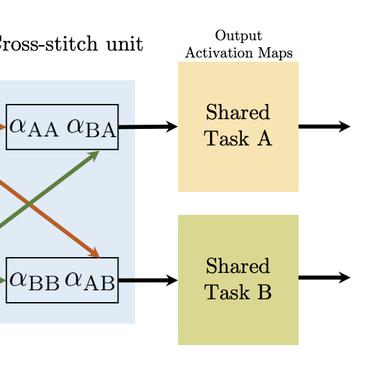Lung and Pancreatic Tumor Characterization in the Deep Learning Era: Novel Supervised and Unsupervised Learning Approaches
Risk stratification (characterization) of tumors from radiology images can be more accurate and faster with computer-aided diagnosis (CAD) tools. Tumor characterization through such tools can also enable non-invasive cancer staging, prognosis, and foster personalized treatment planning as a part of precision medicine. In this study, we propose both supervised and unsupervised machine learning strategies to improve tumor characterization. Our first approach is based on supervised learning for which we demonstrate significant gains with deep learning algorithms, particularly by utilizing a 3D Convolutional Neural Network and Transfer Learning. Motivated by the radiologists' interpretations of the scans, we then show how to incorporate task dependent feature representations into a CAD system via a graph-regularized sparse Multi-Task Learning (MTL) framework. In the second approach, we explore an unsupervised learning algorithm to address the limited availability of labeled training data, a common problem in medical imaging applications. Inspired by learning from label proportion (LLP) approaches in computer vision, we propose to use proportion-SVM for characterizing tumors. We also seek the answer to the fundamental question about the goodness of "deep features" for unsupervised tumor classification. We evaluate our proposed supervised and unsupervised learning algorithms on two different tumor diagnosis challenges: lung and pancreas with 1018 CT and 171 MRI scans, respectively, and obtain the state-of-the-art sensitivity and specificity results in both problems.
PDF Abstract



 Sports-1M
Sports-1M